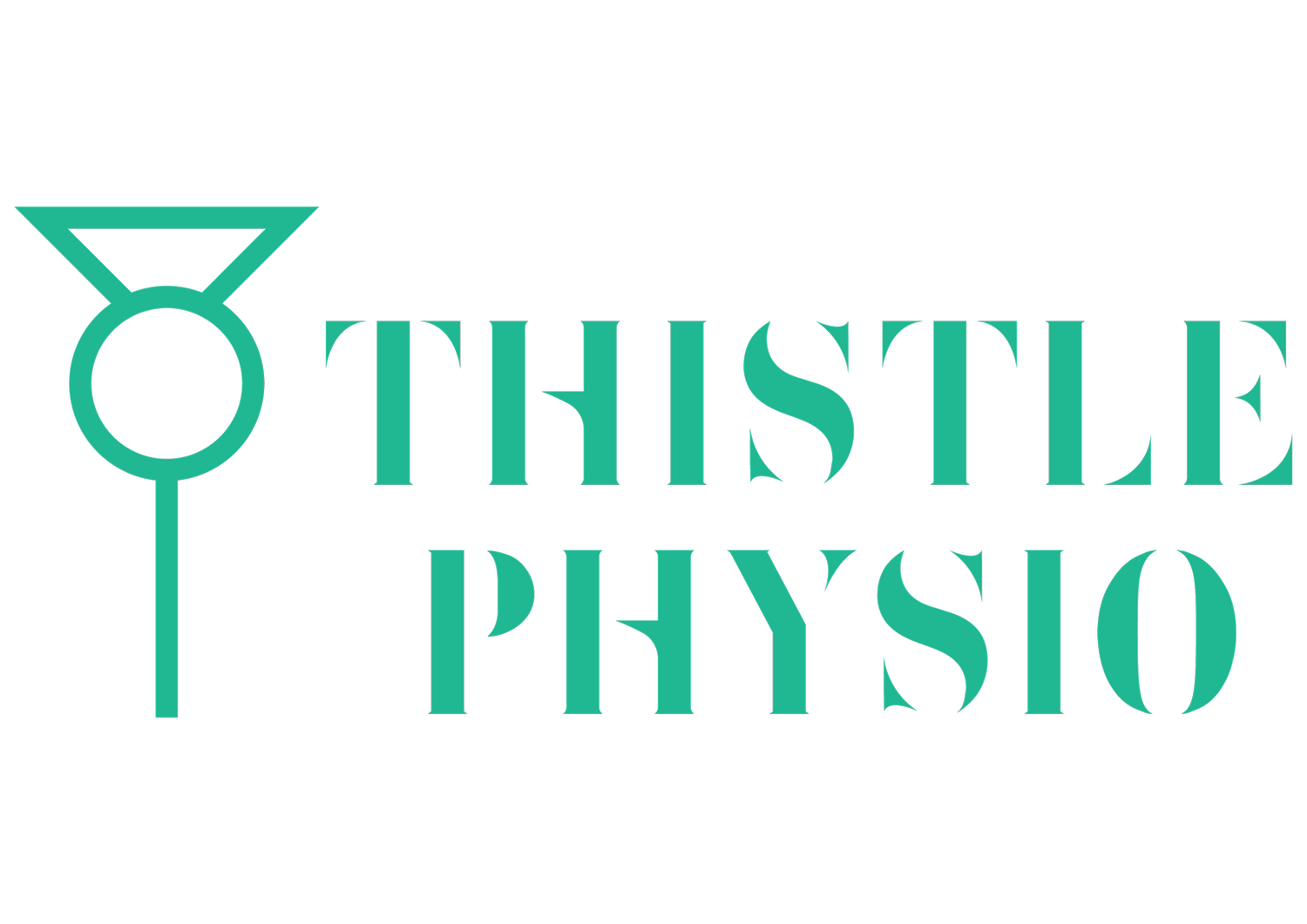Lateral Hip Pain: What is it and how can you manage it?
Lateral hip pain is something I’ve been seeing a fair bit of in the clinic lately – so if you’ve experienced discomfort on the outer side of your hip, you’re not alone. This condition is surprisingly common, particularly in women. Let’s delve into what lateral hip pain is, why it occurs and look at how you can help yourself.
What is lateral hip pain?
Lateral hip pain was historically referred to as trochanteric bursitis, believed to be caused by inflammation of the small bursa (fluid-filled cushions) on the outer hip. However, our understanding has evolved. It’s now recognised that this pain is more often due to overuse and degenerative changes in the tendons that attach to this area, particularly those of the gluteal muscles.
Symptoms of lateral hip pain
If you’re experiencing lateral hip pain, you may notice:
Pain on the outer side of your hip.
Discomfort that radiates down your leg or into the buttock.
Aggravation from lying on your side in bed, walking or standing on one leg.
How to help yourself
Lateral hip pain can be frustrating, but there are steps you can take to reduce discomfort and promote healing:
Maintain proper sitting posture: Sit with your hips, knees and ankles in alignment. Avoid slouching or crossing your legs, as this can strain the hip.
Strengthen your glutes: Strengthening the muscles that support your hips can reduce strain on the area. Incorporate glute exercises into your routine, such as bridges or side-lying leg lifts.
Avoid prolonged standing on one leg: Many of us have a habit of shifting our weight onto one leg when standing. Instead, aim to distribute your weight equally between both legs.
Be mindful during daily movements: Pay attention to sit-to-stand movements, ensuring you maintain alignment through your hips, knees and ankles.
Avoid aggravating activities: If side-lying in bed worsens your pain, try lying on your back with a pillow under your knees or adjusting your position for comfort.
When to seek professional help
If your pain isn’t improving despite making these adjustments, it’s time to seek a professional assessment. At Thistle Physio, we can help identify the underlying causes of your pain and create a tailored treatment plan, which may include manual therapy, targeted exercises and advice on activity modification.
Lateral hip pain can be a nuisance, but with the right knowledge and approach, you can manage it effectively. Don’t let discomfort hold you back – take proactive steps to support your hips, and if you need guidance, we’re here to help.
Ready to take the next step? Book an assessment with Thistle Physio today and start your journey to recovery.

